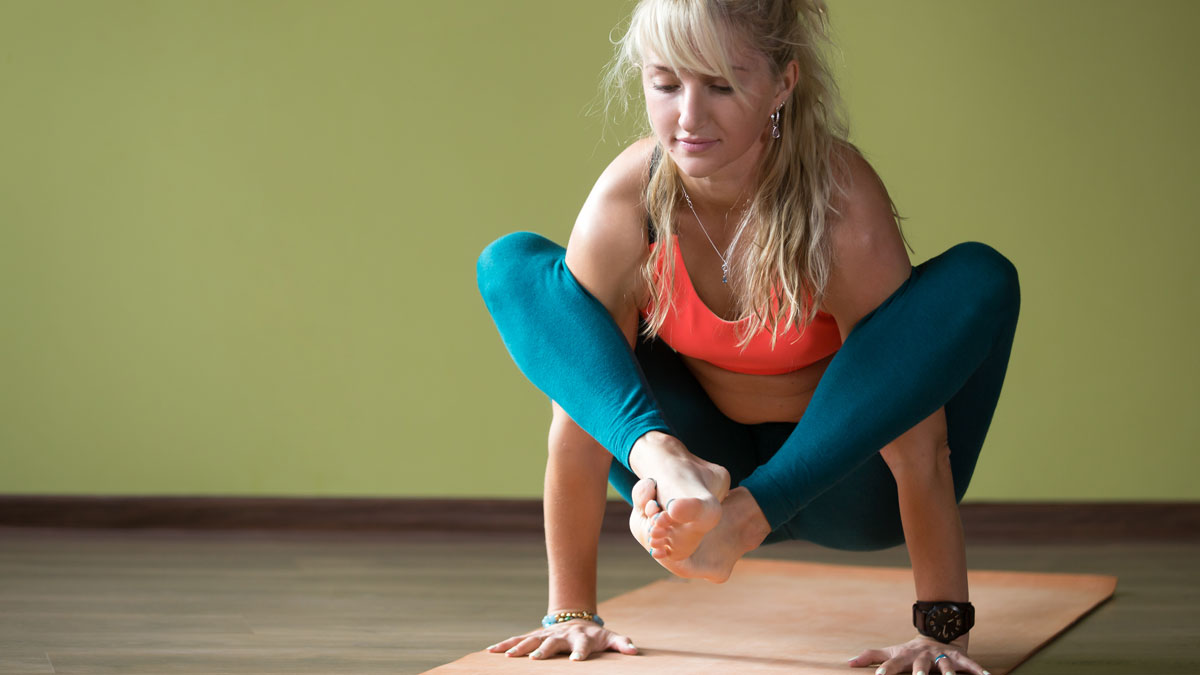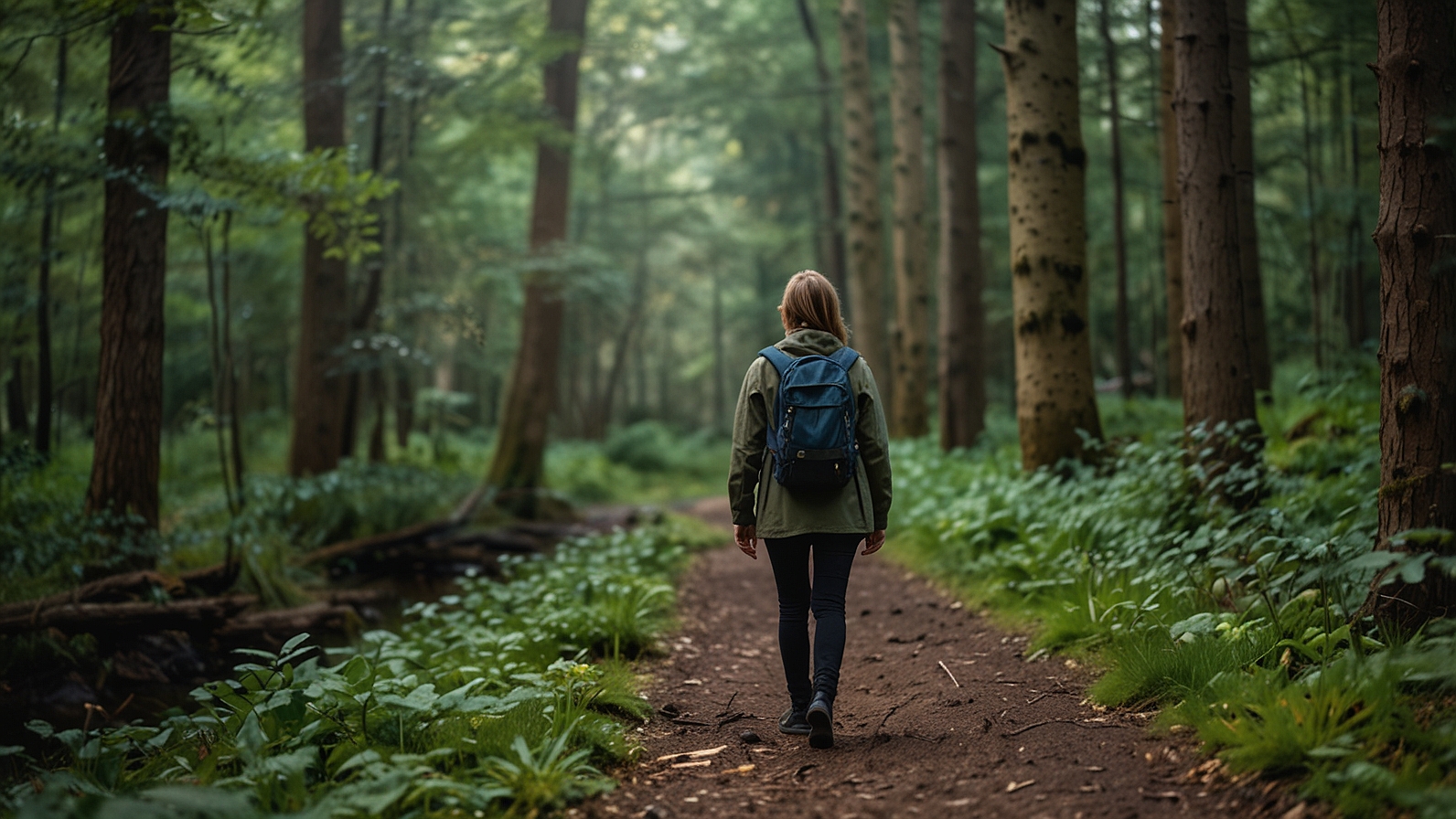In today’s hyper-connected world, digital devices have become indispensable in our daily lives. From smartphones to laptops and social media platforms, we are constantly inundated with notifications, emails, and endless streams of content. While technology has its undeniable benefits, the downside of constant connectivity is a rising sense of overwhelm, stress, and even addiction. A digital detox can be the antidote to this over-reliance on technology, offering you a chance to reset and reclaim control over your time.
What Is a Digital Detox?
A digital detox refers to intentionally stepping away from digital devices to reduce stress, improve mental well-being, and reestablish balance in life. It doesn’t mean abandoning technology altogether but rather creating boundaries that allow you to be more present and intentional in your interactions with the digital world.
Signs You Might Need a Digital Detox
If you’re unsure whether you need a digital detox, here are some telltale signs:
- You check your phone compulsively, even when there are no notifications.
- Social media leaves you feeling drained, inadequate, or anxious.
- You struggle to focus without the urge to browse or scroll.
- You find yourself losing track of time online, often at the expense of other activities.
- Your sleep quality suffers due to late-night screen time.
If any of these resonate with you, it might be time to take a step back and re-evaluate your relationship with technology.
Benefits of a Digital Detox
Engaging in a digital detox can bring several benefits, including:
- Improved Focus: Without constant distractions, you can concentrate better on tasks and hobbies.
- Enhanced Relationships: Being present with loved ones fosters deeper connections.
- Better Sleep: Reduced screen time, especially before bed, leads to improved sleep quality.
- Lower Stress Levels: Disconnecting from digital noise can alleviate feelings of anxiety and overwhelm.
- Rediscovered Joy in Offline Activities: Time away from screens can reignite your interest in hobbies, nature, and personal growth.
How to Start Your Digital Detox
How to Start Your Digital Detox
- Set Clear Intentions
Before you begin, identify why you’re doing a digital detox. Do you want to reduce stress, spend more quality time with family, or reclaim hours lost to social media? Having clear goals will keep you motivated. - Establish No-Screen Zones
Designate areas in your home where screens are not allowed, such as the dining table or bedroom. This encourages mindful eating and better sleep hygiene. - Schedule Device-Free Time
Block out specific times of the day for being offline. For instance, dedicate the first hour after waking up and the last hour before bed to activities like journaling, reading, or meditating. - Use Technology to Limit Technology
Leverage apps that monitor and restrict your screen time. Tools like “Focus Mode” on Android, “Screen Time” on iPhone, or third-party apps like Freedom can help you manage usage effectively. - Replace Screen Time with Offline Activities
Plan engaging activities that don’t involve screens. Read a book, take a walk, try a new recipe, or learn a new skill. Having fulfilling offline alternatives makes it easier to resist the lure of devices. - Inform Others
Let friends, family, and colleagues know about your digital detox. Setting expectations helps avoid misunderstandings if you’re slow to respond to messages or emails.
Overcoming Challenges
Digital detoxes can feel challenging, especially in the early stages. Here’s how to overcome common obstacles:
- FOMO (Fear of Missing Out): Remind yourself that you’re prioritizing your well-being. The world won’t collapse if you’re offline for a while.
- Work Obligations: If your job requires constant connectivity, set boundaries. For instance, only check emails during designated hours.
- Boredom: Fill downtime with activities you enjoy. Use this opportunity to reconnect with hobbies or explore new interests.
Making Your Detox Last
A digital detox isn’t just a one-time fix; it’s an opportunity to create healthier long-term habits. Here are tips for sustaining the benefits:
- Implement Regular Detox Days: Dedicate one day a week to being mostly offline, such as a “Tech-Free Sunday.”
- Audit Your Apps: Periodically review the apps on your phone and uninstall those that no longer serve you.
- Set Notifications Wisely: Disable non-essential notifications to reduce interruptions.
- Practice Mindful Consumption: Before picking up your phone, ask yourself if it’s necessary. Engage intentionally rather than out of habit.
Conclusion
A digital detox is more than just a break from screens; it’s a chance to reconnect with what truly matters. By taking intentional steps to limit your digital consumption, you can regain control of your time, improve your mental well-being, and cultivate a more fulfilling life. Remember, it’s not about rejecting technology entirely but learning to use it in a way that enhances rather than detracts from your quality of life. So, take that first step today and experience the transformative power of disconnecting.














